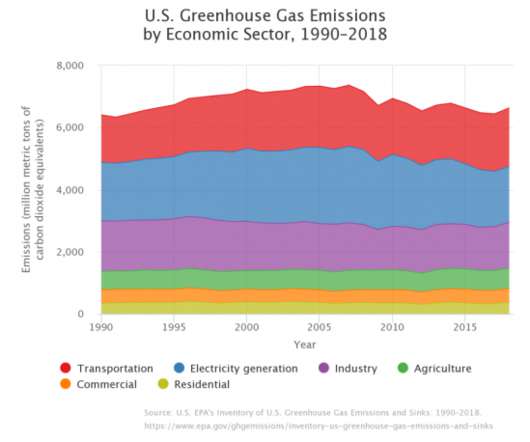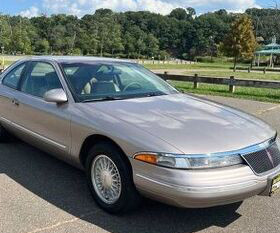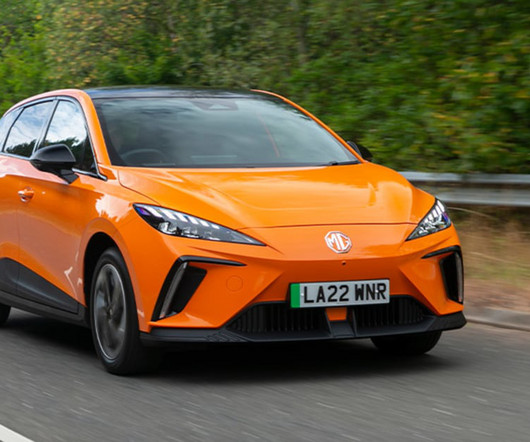Those who flew in 2020 had twice the environmental impact of those in 2019
Green Car Congress
SEPTEMBER 15, 2021
However, the energy intensity of flying became lower than that of long-wheel-base light-duty vehicles starting in 1995, and of short-wheel-base light-duty vehicles starting in 2005. (A A detailed discussion of the issues related to the comparison of the energy intensities of flying and driving is presented in a recent report.)









































Let's personalize your content